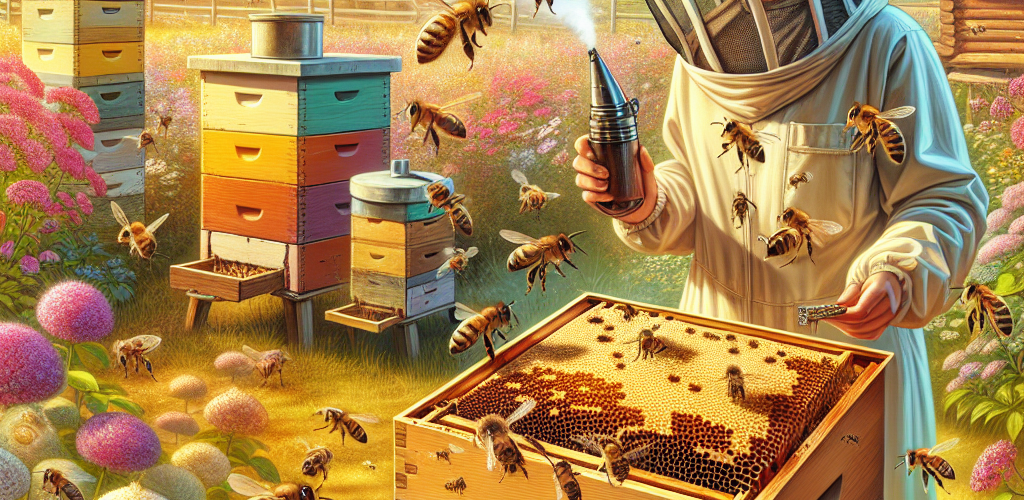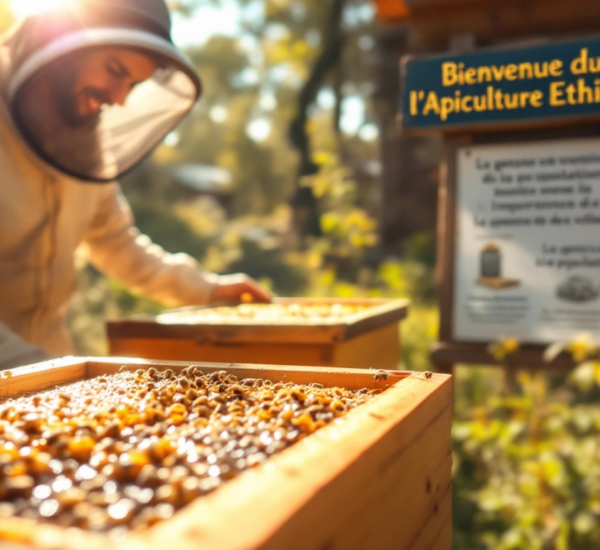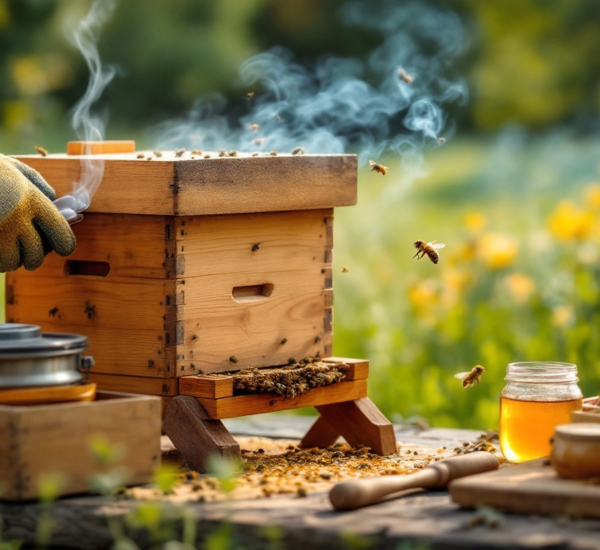Unlock the secrets of bee behavior to revolutionize your hive management and boost honey production efficiently. Discover insights that empower beekeepers with smarter hive strategies.
Table of Contents
- Introduction
- Decoding Bee Communication
- Environmental Influence on Hive Behavior
- Queen Dynamics: The Heart of the Hive
- Hive Structure and Role Diversity
- How to Optimize Hive Management
- Conclusion
- FAQ
Introduction
Beekeeping is as complex as it is rewarding, hinging on the intricate dance of bee behavior. Understanding how bees communicate, interact with their environment, and function within the hive can vastly improve hive management techniques. This article delves into the depths of bee behavior providing practical insights for beekeepers, ensuring thriving colonies and successful honey production.
Decoding Bee Communication
The Dance Language
Central to bee communication is the famous “waggle dance,” a fascinating method by which bees convey the location of food sources. According to a study published in Nature, understanding this behavior allows beekeepers to better position their hives in proximity to high-quality foraging areas.
Pheromonal Signals
Bees also rely heavily on pheromones for communication. The queen’s pheromones maintain social order, while alarm pheromones alert the colony of threats. Recognizing these signals helps beekeepers assess hive health accurately and intervene when necessary.
Environmental Influence on Hive Behavior
The environment plays a critical role in shaping bee behavior. Factors such as temperature, humidity, and floral availability influence foraging patterns and hive productivity.
Seasonal Changes
With changing seasons, bees adjust their foraging habits. In winter, they become dormant and rely on stored honey. Springtime, however, marks active foraging and swarming, prompting beekeepers to implement measures for swarm control and hive expansion.
Weather Impacts
Weather fluctuations significantly affect bee activity. Rainy conditions hinder foraging, while extreme heat can lead to bee dehydration. Beekeepers must monitor weather forecasts to mitigate these impacts and ensure hive protection.
Queen Dynamics: The Heart of the Hive
The queen bee is crucial for colony cohesion and productivity. Her health and productivity determine the overall success of the hive.
Queen Health Monitoring
Regular assessments of the queen’s egg-laying patterns and physical health are vital. If a queen exhibits signs of decline, beekeepers might consider requeening to maintain colony vitality.
Influence on Worker Bees
The queen’s pheromones affect worker bee behaviors, influencing tasks such as foraging and brood care. A strong queen ensures a well-functioning hive.
Hive Structure and Role Diversity
Inside the hive, bees adopt various roles ensuring colony survival and efficiency.
Workers, Drones, and the Queen
Worker bees manage tasks such as foraging, nursing, and hive maintenance. Drones, solely male bees, focus on mating with queens, a task crucial during specific periods. Understanding these roles aids in appropriate hive management and task distribution.
How to Optimize Hive Management
Given the complexity of bee behavior, it is imperative for beekeepers to employ strategies that align with natural bee instincts and environmental cues. Here are some actionable tips:
Data-Driven Hive Management
Using technology like hive sensors and monitoring apps can provide real-time data on hive conditions, allowing for timely interventions. Consider utilizing platforms that collect weather and bee activity data to predict and prevent colony issues.
Regular Hive Inspections
Frequent inspections can help identify behavioral changes due to queen health, pest infestations, or environmental stresses. Catching these early ensures more effective hive management.
Conclusion
By delving into the intricacies of bee behavior, beekeepers can vastly enhance the efficiency and success of their hive management practices. From understanding communication and environmental influences to optimizing for queen health and role diversity, a well-informed approach ensures thriving bee colonies. As you adopt these insights, remember to continually learn and adapt, stepping seamlessly in tune with your bees’ natural rhythms.
FAQ
Why is understanding bee behavior important for beekeepers?
Recognizing bee behavior helps beekeepers make informed decisions, improve productivity, and ensure hive health and safety.
How can technology assist in hive management?
Technology such as sensors and apps can monitor hive conditions in real-time, allowing for data-driven management strategies.




